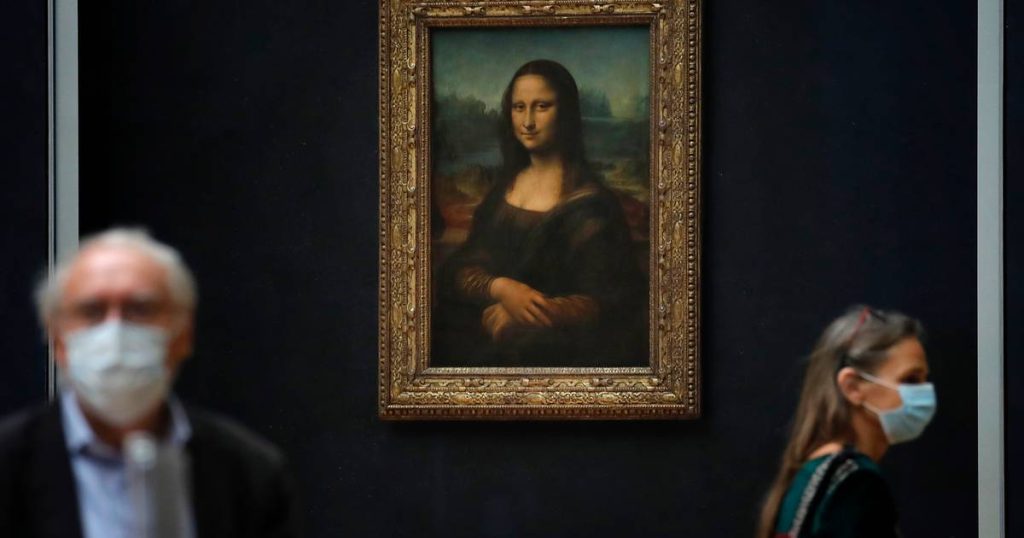Artist Leonardo da Vinci is famous for his unusual painting techniques and materials. To this day, we continue to make new discoveries about his works, the latest discovery relating to a mixture of toxic pigments hidden under the Mona Lisa’s brush.
Researchers from France and the United Kingdom examined a small microscopic sample taken from a hidden corner of the Mona Lisa painting. They used different imaging techniques, using X-rays and infrared to identify the materials used.
The research team discovered not only oil and white lead, as they expected, but also a rare substance called plumponacre (Pb5(CO3)3O(OH)2. Plumponacrite is formed when oil reacts with lead(II) oxide (or PbO). This suggests that Leonardo da Vinci used Most likely lead(II) oxide in his paintings.
The same compound PbO was found in several microscopic samples taken from the surface of “The Last Supper,” another famous painting by Da Vinci. However, the only references to PbO in the Italian artist’s writings were related to skin and hair treatments. Although not mentioned in his writings, da Vinci appears to have used lead oxide as a base layer. This is something that had been hypothesized before, but now researchers have more direct evidence for it.
Rembrandt used a similar technique
It is believed that Leonardo da Vinci heated lead(II) oxide powder and dissolved it in linseed or walnut oil, resulting in a mixture that was thicker and dried faster than traditional oil paint. This recipe was later adopted by other artists. Remarkably, the same plumponacrite material was found in Rembrandt’s painting “The Night’s Watch” dating from 1642, almost a century and a half after the “Mona Lisa.” This suggests that the Dutch master may have used a style similar to da Vinci.
This discovery once again demonstrates how modern analysis methods provide new insights into historical objects. Advanced 3D imaging has previously been used to examine another Da Vinci painting called “Salvator Mundi.” It also highlights the creativity of Leonardo da Vinci, an artist who excelled not only in drawing, but also in other fields such as mathematics, chemistry and engineering.
“He was a person who loved to experiment, and each of his paintings was completely different from a technical standpoint,” said chemist Victor Gonzalez, a member of the research team. Institute of Chemical Research, Paris In France, according to the Associated Press.
The research was published in the Journal of the American Chemical Society.
Free unlimited access to Showbytes? Which can!
Log in or create an account and never miss a thing from the stars.

“Communicator. Avid web fanatic. Alcohol practitioner. Award-winning organizer. Bacon advocate.”











More Stories
Photo of Chuck Norris (84) almost unrecognizable: He’s getting old now
Actors Intentionally Cut From Sci-Fi Epic ‘Megalopolis’: ‘Not a Woke Hollywood Movie’
Caroline Rego: “The golden rule is: for every glass of alcohol, one glass of water to replace it!”